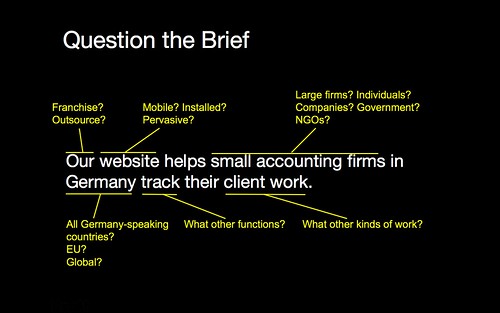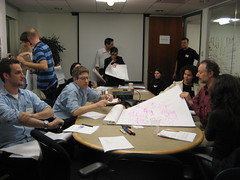
 We’re pleased as punch to partner with our good friend Lou Rosenfeld at Rosenfeld Media to offer you Future Practice Webinars. Our first two events are Modern Web Form Design with Luke Wroblewski and Using Mental Models for Tactics and Strategy with Indi Young.
We’re pleased as punch to partner with our good friend Lou Rosenfeld at Rosenfeld Media to offer you Future Practice Webinars. Our first two events are Modern Web Form Design with Luke Wroblewski and Using Mental Models for Tactics and Strategy with Indi Young.
When we created them we wanted to accomplish two things:
- Provide a forum for advanced practitioners in the field of user experience design to share with us their best thinking on topics that have immediate practical value and to show us where the practice is going in the long-term to help us prepare. Hence the series title, Future Practice
- Enable practitioners like yourself to benefit from this education at a lower price than in-person seminars and conferences, without having to travel and emit all that nasty carbon.
For more information and registration, go to the Rosenfeld Media webinar page. For 20% off, use discount code NBSWBNR





